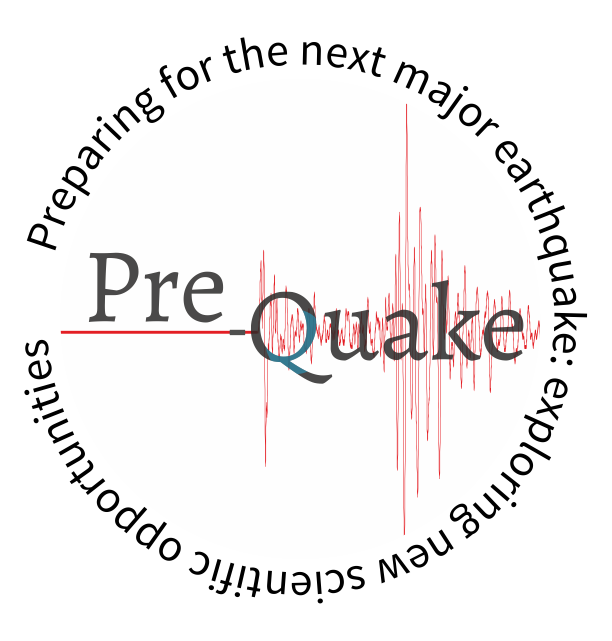Quick links to results:
Earthquakes are one of the perceptible proofs that the Earth is a living planet. Beside seeing them as natural hazards capable of generating considerable damage in a matter of seconds, we need to acknowledge that each major earthquake provides important lessons and unique scientific opportunities. Without earthquakes, we might not know so much about the structure of Earth, Moon and Mars, unauthorized nuclear explosions, fuel deposits, local soil effects or seismic design. Seismology and earthquake engineering have evolved considerably, especially in the last 20 “digital” years, but there are still high uncertainties in nowadays hazard, vulnerability and risk models. Clearly we missed important chances of understanding more about the phenomenon and behavior of built structures. Are we prepared nowadays, at international and national level (considering especially the Vrancea intermediate-depth seismic source), to take advantage of recent technological developments, to gather useful information like never before? Allowing for important breakthroughs in the reduction of uncertainties and risk? And if not, what should we do?
Through the Pre-Quake Project we will investigate the answers to these questions, reevaluating past experiences and analyzing the actual context, using the cost-benefit approach (to benefit considering the importance of location, through the use of Geographic Information Systems – GIS). We will take into account the potential impact of new technologies such as:

- new types of seismic sensors (also for structural monitoring) and other types of sensors (optical, fibre-optic cable based, sensors for monitoring potential earthquake precursors etc.);
- remote sensing;
- drones and surveillance cameras;
- ways to exploit big-data coming from social-media apps, using machine learning or other procedures;
- crowd-sourcing apps and earthquake detection apps using IoT (Internet of Things) opportunities.
We will analyze both the capabilities of the Romanian Seismic Network and the national procedures and legislation and come up with practical solutions. Project deliverables will consist of guidelines, frameworks and software apps which will provide stakeholders and researchers support in preparing for a major earthquake – not only to reduce the damage, but also to ensure that insightful data to accelerate learning afterwards is recorded.
Update: even though the project came to its end, we will ensure that the idea and the results are sustainable.
Objectives
Enhance preparedness to a major earthquake from a scientific point of view, by analyzing how new technologies could help us better understand the phenomenon and its impact on society.
Specific objectives
1. Identify the factors which made and could have made a difference on the understanding of seismic hazard, vulnerability and risk during past major earthquakes.
2. Analyze the capabilities of new technologies to provide more insightful information before, during and after an earthquake, helping in the effort of understanding the seismic phenomenon.
3. Create guidelines, frameworks and software apps for analyzing and improving how and where we record ground motion parameters generated by earthquakes and earthquake effects, and testing them in Romania.
Project stages
1. Lessons learned and missed during previous major earthquakes
2. Analysis on how to improve seismic network configuration for a more relevant quantification of ground motion parameters
3. Pre and post-earthquake frameworks for collecting exposure and vulnerability data
Project budget
| 246.950 RON (~50.000 EUR) |
